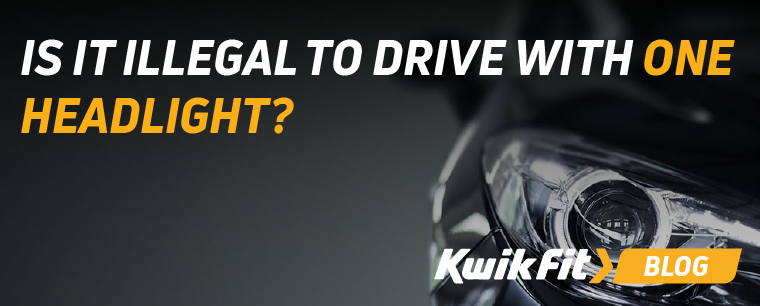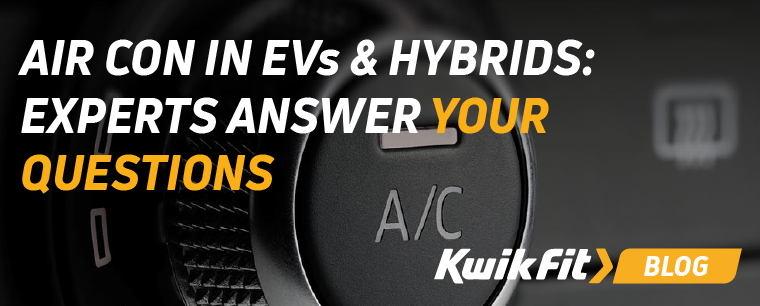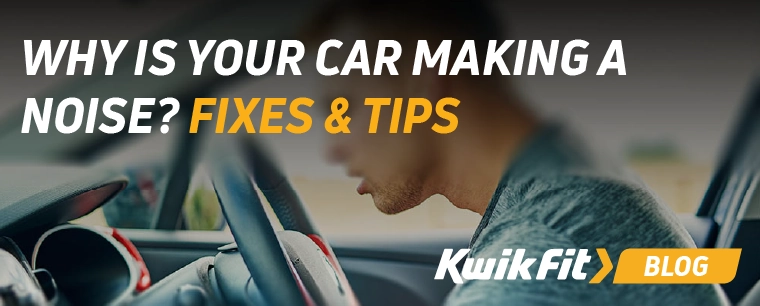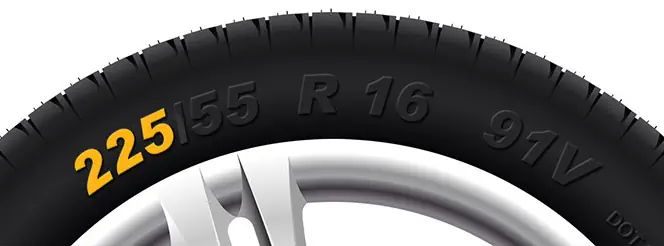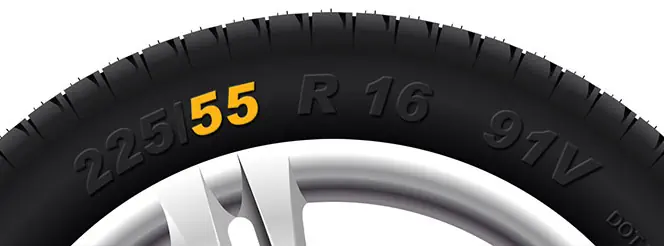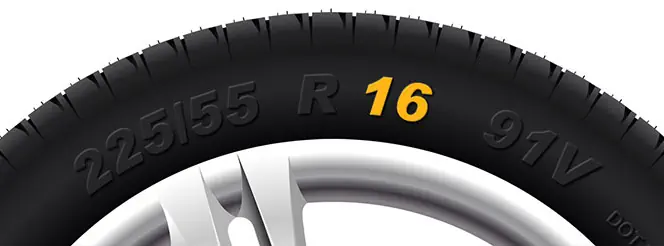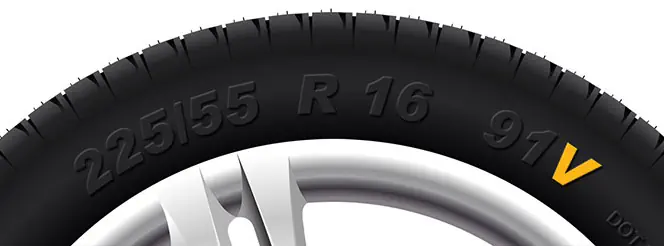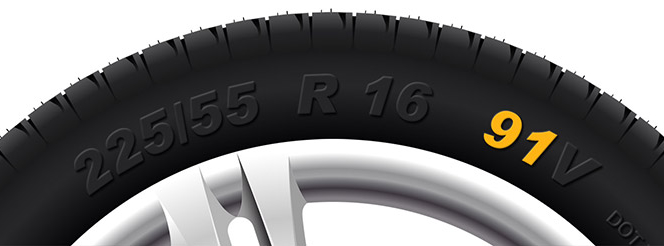Tips For Packing For The Airport Run
Jack Dreyer | Wednesday 22nd March 2023 8:00am
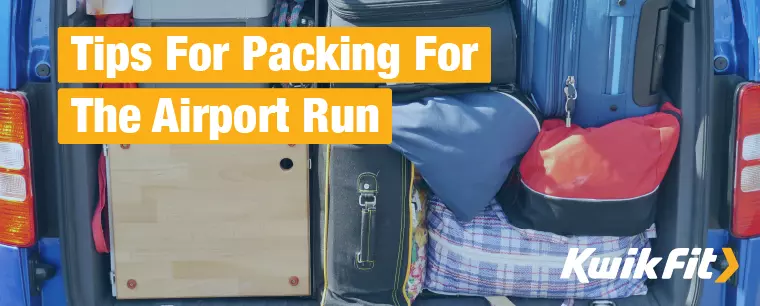
Whenever it comes to the airport run, it can often feel like a mad rush to get everything packed, in the car, and safely on the road (while not forgetting the kids). But with some careful planning, you can save yourself a lot of headaches!
Here are some tips for packing for the airport run.
1. Pack bags in advance
The biggest cause of headaches is last-minute packing. Thereís nothing worse than having to have left 30 minutes ago and still having to turn the house upside down to find your phone charger.
Aim to have everyoneís clothes packed and ready the weekend before, and make a list of essentials like toothbrushes, first aid kits, and electrical accessories that can be packed the day/night before you leave.
Itís important to check the weight and size restrictions of all your luggage whether itís hold luggage or carry-on. The allowable size and weight of carry-on luggage, for example, has become much more restricted in recent years.
Be sure to also check what youíre allowed to take in luggage. The obvious restrictions still apply (no explosives or weapons) but there are also varying restrictions on what kinds of organic goods youíre allowed to travel with. So perhaps consider an alternative present for your friends than a live potted plant!
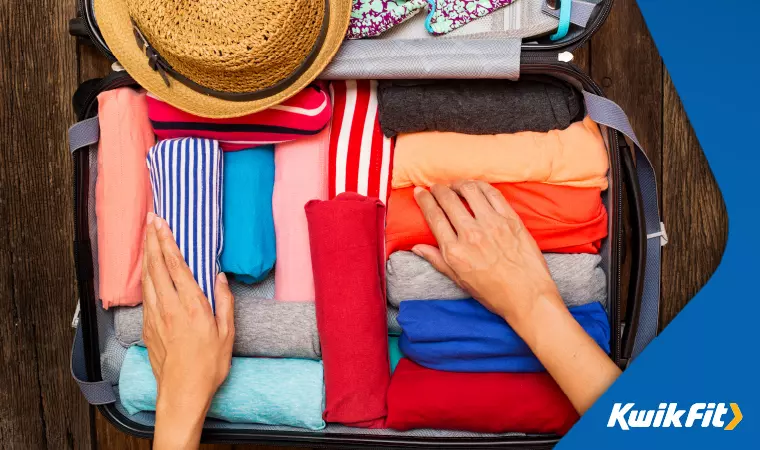
2. Pack bags according to accessibility
When youíre packing, be mindful of how accessible you need items to be. Avoid packing your passports at the bottom of your largest bag, for example. The same applies for all items Ė things like liquids and toiletries should be at the top of bags so if they get pulled aside for security checks, the personnel donít need to empty your whole bag.
Consider what can go in your carry-on luggage, and make sure that that valuables are secure but accessible.
3. Practice packing the car
This may seem silly but, if youíre taking a lot of luggage as well as people, itís often worth having a good idea of how youíre going to load the car. This means stacking luggage appropriately in the boot Ė accounting for differences in suitcase sizes.
Doing a practice run also lets you easily find out if thereís anything in the car that can be removed to make space for the airport run!
4. Pack for the airport run
You wonít be able to take food and liquid through security but, with 2+ hour drives to the airport, packing some snacks and sandwiches for the ride saves on having to stop off for food at the airport Ė especially useful if you get caught in traffic and have to rush to your terminal.
5. Donít forget car maintenance
Itís no good packing meticulously for the airport run only to get a burst tyre on the motorway. So itís crucial to do some pre-drive checks, but to also pack some emergency essentials: make sure you have a jack, spare wheel, spare screen wash, and so on.
Need some car maintenance before your holiday?
If your car needs some TLC before the long drive, book an appointment at your local Kwik Fit Ė for everything from brakes to servicing, our experts have you covered.
Any facts, figures and prices shown in our blog articles are correct at time of publication.
Featured Articles
Is it Illegal to Drive With One Headlight?
Saturday 19th July 2025
Wondering if itís illegal to drive with one headlight? Learn about the safety risks and penalties of illegal blown bulbs and why you should fix them promptly.
Air Con in EVs & Hybrids: Experts Answer Your Questions
Monday 30th June 2025
Does air con drain EV batteries? Can you use the air con while charging an electric car? Find out the answers to these questions & more from Kwik Fitís experts.
Why Is Your Car Making a Noise? Fixes & Tips
Friday 13th June 2025
When your car starts making unexpected noises, it can certainly be quite disconcerting; it may be nothing to worry about, but hereís what you need to know.


